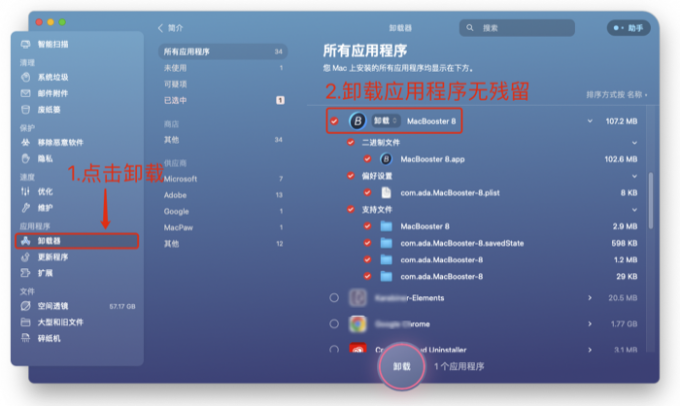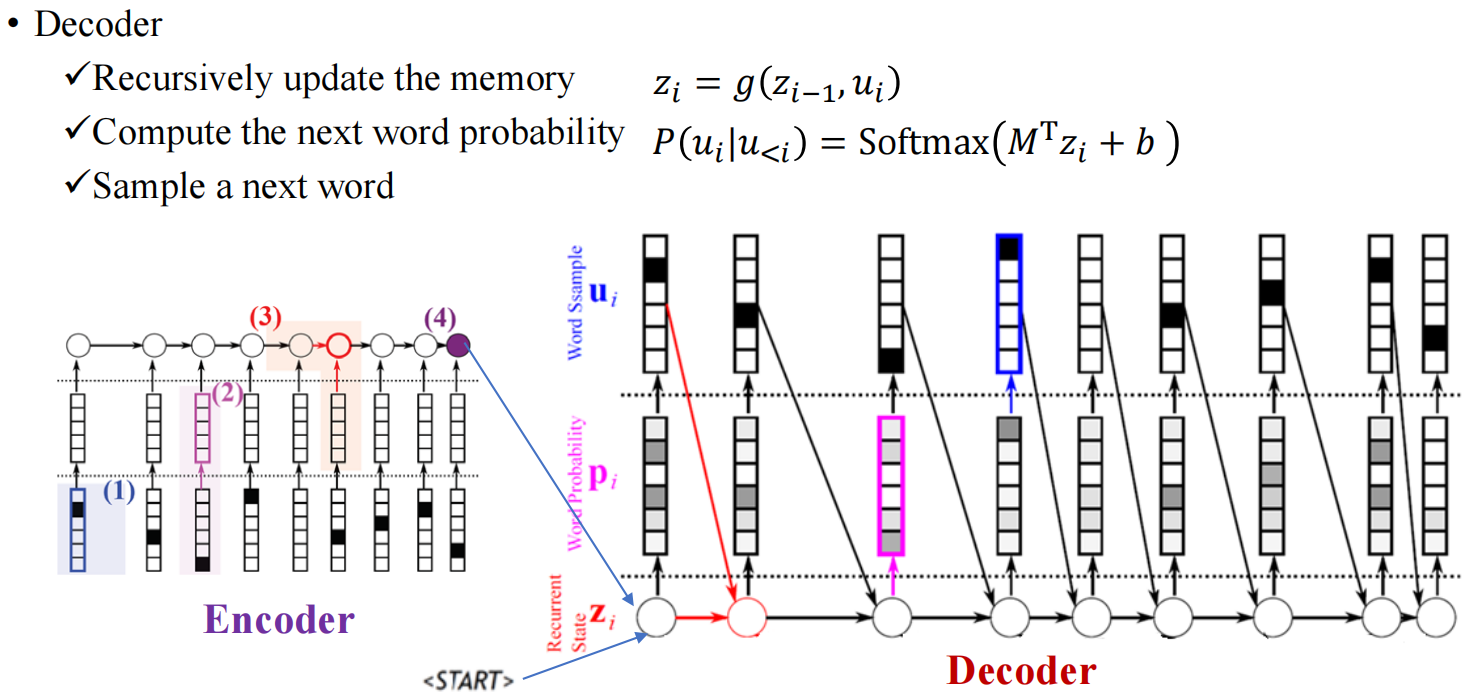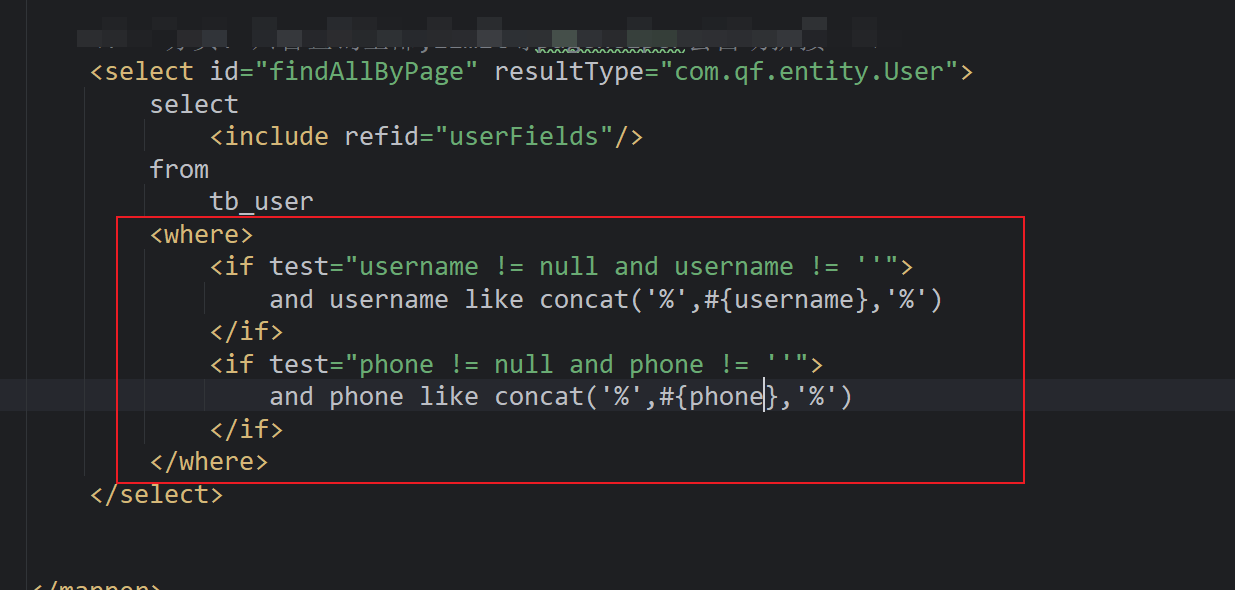(主要是为了统计所有虚拟机的设备名称和所属主机)
代码:
from pyVim import connect
from pyVmomi import vim
import ssl
def get_vm_devices(vm):
devices = []
try:
if vm.config is not None and hasattr(vm.config, 'hardware') and hasattr(vm.config.hardware, 'device'):
for device in vm.config.hardware.device:
if hasattr(device, 'deviceInfo') and hasattr(device.deviceInfo, 'label'):
devices.append(device.deviceInfo.label)
else:
devices.append("Unknown Device")
else:
print(f"虚拟机 {vm.name} 的配置信息不完整或者设备信息不可用。")
except Exception as e:
print(f"获取虚拟机 {vm.name} 的设备信息时出现异常: {str(e)}")
return devices
# def get_vm_host(vm):
# try:
# if vm.runtime.host:
# return vm.runtime.host.name
# else:
# return "Unknown Host"
# except Exception as e:
# print(f"获取虚拟机 {vm.name} 的所属主机时出现异常: {str(e)}")
# return "Unknown Host"
def main():
# 定义 ESXi 主机的连接参数
vcenter_ip = ''
username = ''
password = ''
service_instance = None
total_vm_count = 0
try:
# 连接 vCenter Server
context = ssl.create_default_context()
context.check_hostname = False
context.verify_mode = ssl.CERT_NONE
service_instance = connect.SmartConnect(host=vcenter_ip, user=username, pwd=password, sslContext=context)
# 获取 ESXi 主机列表
content = service_instance.RetrieveContent()
container = content.rootFolder
viewType = [vim.HostSystem]
recursive = True
hosts = content.viewManager.CreateContainerView(container, viewType, recursive)
for host in hosts.view:
print("Found ESXi host:", host.name)
# 获取该主机上的虚拟机列表
vm_container = host.vm
for vm in vm_container:
print(" Virtual Machine:", vm.name)
total_vm_count += 1
# vm_host = get_vm_host(vm)
# print(" Host:", vm_host)
# 获取虚拟机的设备名称
devices = get_vm_devices(vm)
print(" Devices:", devices)
print()
print(f"总数是:{total_vm_count}")
except vim.fault.InvalidLogin as e:
print("登录失败:", e.msg)
except vim.fault.NotFound as e:
print("未找到对象:", e.msg)
except vim.fault.HostCommunication as e:
print("主机通信错误:", e.msg)
except ssl.SSLError as e:
print("SSL 错误:", e)
except Exception as e:
print("发生错误:", e)
finally:
if service_instance:
connect.Disconnect(service_instance)
if __name__ == "__main__":
main()
效果:

代码解释:
gpt是真好用,以下是gpt的解释
包介绍:
pyVim和pyVmomi是 VMware 提供的 Python SDK,用于与 vSphere API 进行交互。ssl用于处理 SSL 连接的配置,这在连接到 vCenter Server 时是必要的。
get_vm_devices(vm)函数:
get_vm_devices(vm)函数用于获取虚拟机vm的设备信息列表。- 首先检查虚拟机配置的完整性和设备信息的可用性,然后遍历虚拟机的硬件设备列表,并尝试获取每个设备的标签信息 (
deviceInfo.label)。 - 如果设备信息不完整或者出现异常,会打印相应的错误信息,并返回一个包含 "Unknown Device" 的列表。
main()函数:
main()函数是整个程序的入口。- 首先定义了连接 vCenter Server 的参数(IP、用户名、密码)。
- 使用
ssl.create_default_context()创建一个 SSL 连接的默认上下文,并禁用证书验证,以便连接到 vCenter Server。 connect.SmartConnect()方法建立到 vCenter Server 的连接,并获取一个service_instance对象。- 使用
service_instance.RetrieveContent()获取 vCenter Server 内容。 - 创建一个包含
vim.HostSystem视图类型的容器视图hosts,并逐个遍历每个 ESXi 主机。 - 对于每个主机,获取其上运行的虚拟机列表 (
host.vm),并遍历每个虚拟机。 - 打印每个虚拟机的名称,并调用
get_vm_devices(vm)函数获取并打印其设备信息。 - 最后统计并打印总的虚拟机数量 (
total_vm_count)。
异常处理:
- 在
try块中,对可能发生的异常进行了捕获和处理,包括登录失败、对象未找到、主机通信错误、SSL 错误以及其他异常情况。 - 在
finally块中,确保最终关闭service_instance的连接,释放资源。
优化
我只需要获取到设备名称和所属主机,硬件信息对于管控来说没什么大用,所以针对此需求进行优化,将所需要的信息保存到json文件中
import json
from pyVim import connect
from pyVmomi import vim
import ssl
def get_vm_devices(vm):
devices = []
try:
if vm.config is not None and hasattr(vm.config, 'hardware') and hasattr(vm.config.hardware, 'device'):
for device in vm.config.hardware.device:
if hasattr(device, 'deviceInfo') and hasattr(device.deviceInfo, 'label'):
devices.append(device.deviceInfo.label)
else:
devices.append("Unknown Device")
else:
print(f"虚拟机 {vm.name} 的配置信息不完整或者设备信息不可用。")
except Exception as e:
print(f"获取虚拟机 {vm.name} 的设备信息时出现异常: {str(e)}")
return devices
def main():
vcenter_ip = '此处省略IP'
username = '此处省略用户'
password = '此处省略密码'
service_instance = None
total_vm_count = 0
vm_info_list = []
try:
# 建立到 vCenter Server 的连接
context = ssl.create_default_context()
context.check_hostname = False
context.verify_mode = ssl.CERT_NONE
service_instance = connect.SmartConnect(host=vcenter_ip, user=username, pwd=password, sslContext=context)
# 获取 vCenter Server 内容
content = service_instance.RetrieveContent()
container = content.rootFolder
viewType = [vim.HostSystem]
recursive = True
# 创建主机视图并遍历每个主机
hosts = content.viewManager.CreateContainerView(container, viewType, recursive)
for host in hosts.view:
host_name = host.name
# 获取该主机上的虚拟机列表
vm_container = host.vm
for vm in vm_container:
vm_name = vm.name
vm_info = {
"虚拟机名称": vm_name,
"所属主机": host_name
}
vm_info_list.append(vm_info)
total_vm_count += 1
# 获取虚拟机的设备信息
devices = get_vm_devices(vm)
print(f" Devices for {vm_name}: {devices}")
print(f"所属主机下的虚拟机是: {total_vm_count}")
print()
print(f"总数是: {total_vm_count}")
# 将信息写入 JSON 文件
with open('vm_info.json', 'w') as json_file:
json.dump(vm_info_list, json_file, indent=4, ensure_ascii=False)
print(f"已写入到json文件,数量是 {len(vm_info_list)}")
except vim.fault.InvalidLogin as e:
print("登录失败:", e.msg)
except vim.fault.NotFound as e:
print("未找到对象:", e.msg)
except vim.fault.HostCommunication as e:
print("主机通信错误:", e.msg)
except ssl.SSLError as e:
print("SSL 错误:", e)
except Exception as e:
print("发生错误:", e)
finally:
if service_instance:
connect.Disconnect(service_instance)
if __name__ == "__main__":
main()
优化后得到的json文件部分截图显示如下:

总结
一定要多用gpt,AI智能就是未来大趋势
半吊子都可以适当开发
![AI安全系列——[第五空间 2022]AI(持续更新)](https://img-blog.csdnimg.cn/direct/cf6d3ae57aaa43f99438a4689696b8f6.png)


















